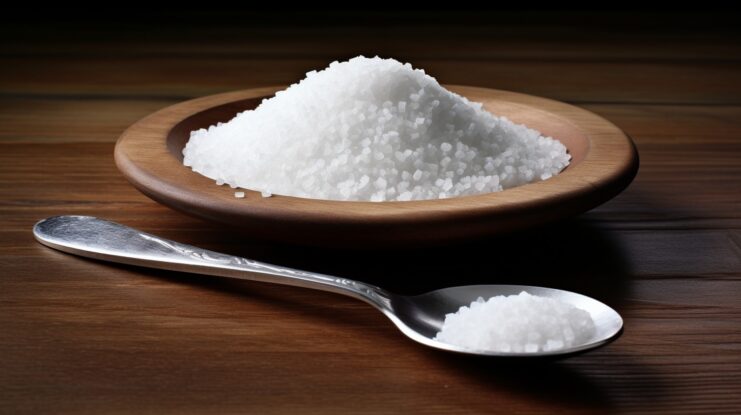Salt, a seemingly simple ingredient, plays a pivotal role in our health. While it’s essential for our well-being, an excess can lead to health complications. This article delves deep into the world of a low salt diet, its benefits, and how to navigate it without compromising on taste.
Salt, in its basic form, is composed of sodium chloride. It’s a vital mineral that our body needs for various functions, including maintaining fluid balance, transmitting nerve impulses, and aiding in muscle contractions.
The Double-Edged Sword: Benefits and Risks
Salt is essential for good health. It helps maintain the right balance of fluids in our body, aids in transmitting nerve signals, and is crucial for muscle function.
However, many of us consume more salt than necessary. Excessive sodium intake retains water in our bodies, leading to an increase in blood volume. This, in turn, can elevate blood pressure, putting us at risk for heart disease and stroke.
Sources of Sodium: Beyond the Salt Shaker
While table salt is a primary source of sodium, it’s not the only culprit. Ingredients like sodium bicarbonate used in baking and monosodium glutamate (MSG) used in restaurants for flavoring also contribute to our daily sodium intake. Being aware of these hidden sources is the first step towards a healthier diet.
What It Means and Why It Matters
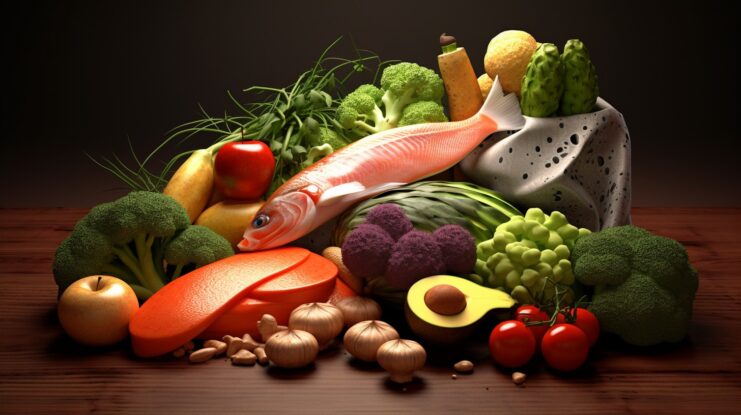
A low salt diet is not about making your meals bland. It’s about making conscious choices to reduce sodium intake and understanding the impact of those choices on our health.
The Health Implications of Excessive Intake
Too much salt is closely associated with high blood pressure, a leading risk factor for heart disease and stroke. By adopting a low salt diet, you’re not just cutting down on sodium; you’re taking a proactive step towards better cardiovascular health.
Flavorful Alternatives
A common misconception is that a low salt diet is synonymous with tasteless food. This couldn’t be further from the truth. There’s a plethora of alternative flavorings that can elevate your meals.
Think pepper, onion, garlic, curry or chili powder, and even vinegar or lemon juice for fish and salads. Herbs like parsley, basil, and mint can also add a fresh twist to your dishes.
Navigating the Diet: Foods to Embrace and Avoid
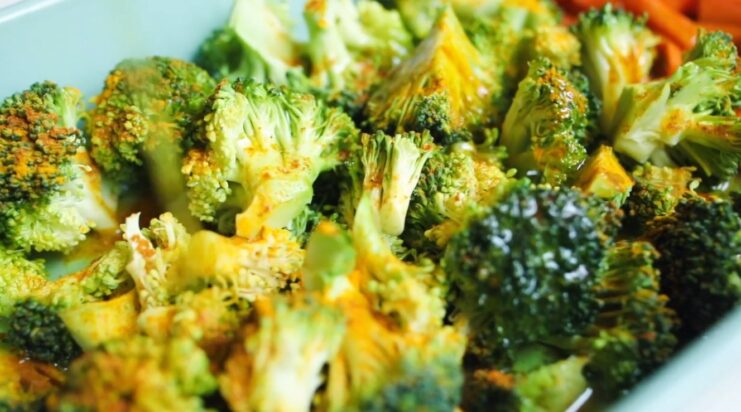
Knowledge is power. By knowing which foods are high in salt and which ones are safe, you can make informed dietary choices.
Foods to Steer Clear Of
A diet requires vigilance. Here are some foods to be wary of:
- Salted eggs, meat, fish, and vegetables
- Canned products, including meat, fish, and vegetables
- Salted butter, margarine, and dairy products like certain cheeses
- Processed meats: bacon, ham, sausages, and Chinese sausages
- Preserved foods: olives, plums, limes, and ginger
- Snacks: salted biscuits, crisps, and nuts
- Bottled sauces: oyster sauce, soya sauce, and even some chili and tomato sauces
Consume in Moderation
While some foods are best avoided, others can be consumed in moderation:
- Bread: Limit to about three slices a day
- Fresh meat and fish: Opt for small helpings
- Milk: One glass (250 ml) a day is a good measure
- Eggs: It’s best to stick to one a day
The Science Behind Salt and Health
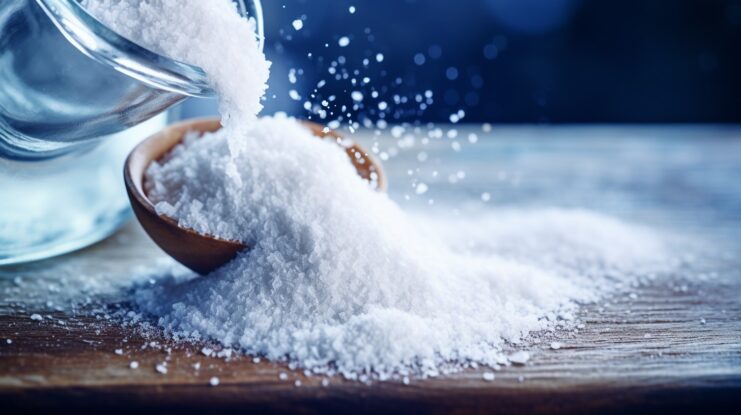
Understanding the intricate relationship between salt and our health is key to making informed dietary choices.
The Sodium-Potassium Balance
Salt, specifically sodium, works in tandem with potassium to regulate fluid balance within our cells and tissues. Potassium helps counteract the effects of sodium by promoting the excretion of excess sodium through urine.
A diet rich in potassium from sources like fruits and vegetables can aid in maintaining this delicate balance.
Impact on Blood Pressure
Excess sodium in the bloodstream attracts water, increasing blood volume and subsequently raising blood pressure. High blood pressure, or hypertension, strains the arteries and can lead to cardiovascular issues. By reducing salt intake, you can help manage blood pressure levels and reduce the risk of heart disease.
Tips for Success
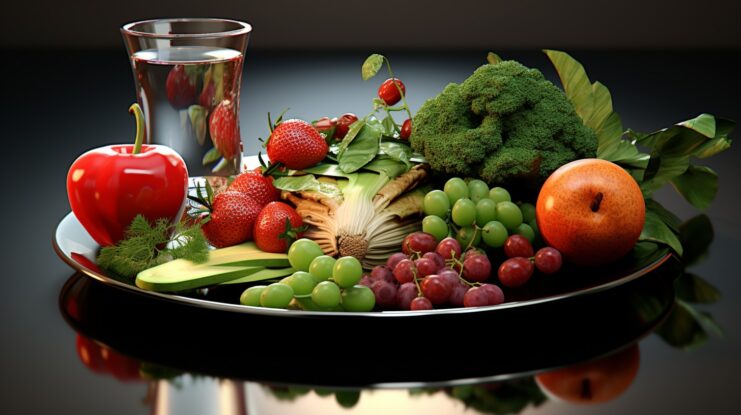
Transitioning to a low salt diet might seem daunting, but with the right approach, it can be both manageable and enjoyable.
Read Labels Mindfully
Before purchasing packaged foods, take a moment to read the nutrition labels. Look for products labeled “low sodium” or “sodium-free.” Be mindful of serving sizes and sodium content per serving.
Opt for Fresh Ingredients
Fresh, whole foods are inherently lower in sodium compared to processed alternatives. Fruits, vegetables, lean proteins, and whole grains should form the foundation of your low salt diet.
Embrace Herbs and Spices
The absence of excessive salt doesn’t mean your meals need to lack flavor. Experiment with various herbs and spices to add depth and complexity to your dishes. From basil and thyme to cumin and turmeric, the options are endless.
Cook at Home
Cooking at home gives you full control over the ingredients you use. You can adjust flavors to your liking and explore new ways of seasoning your food without relying on excessive salt.
Gradual Reduction
If you’re used to a high salt diet, sudden changes might be challenging. Consider gradually reducing your salt intake to give your taste buds time to adjust. Over time, you’ll find that you become more sensitive to flavors and require less salt.
The Benefits Beyond Heart Health
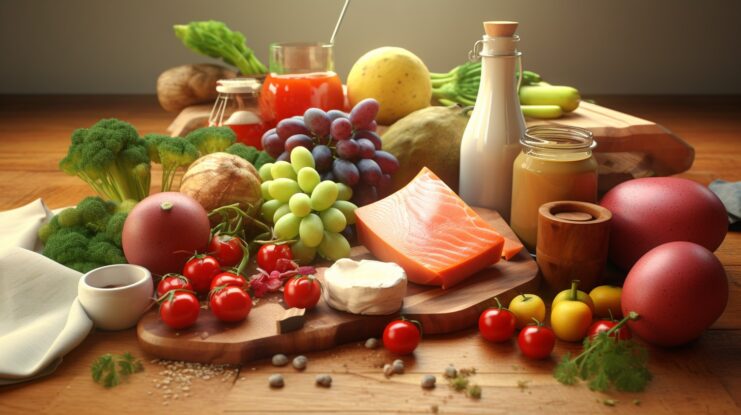
While a low salt diet is primarily associated with heart health, its benefits extend to other aspects of well-being.
Kidney Health
Excessive intake can strain the kidneys by increasing the workload of filtering excess sodium from the bloodstream. By adopting a low salt diet, you’re supporting your kidney function and reducing the risk of kidney-related issues.
Bone Health
High intake can lead to calcium loss through urine, potentially affecting bone health. By reducing consumption, you’re contributing to the overall strength and density of your bones.
Weight Management
Excessive salt intake may contribute to water retention, which can lead to bloating. By cutting back on salt, you might notice reduced bloating and a more comfortable body weight.
FAQs
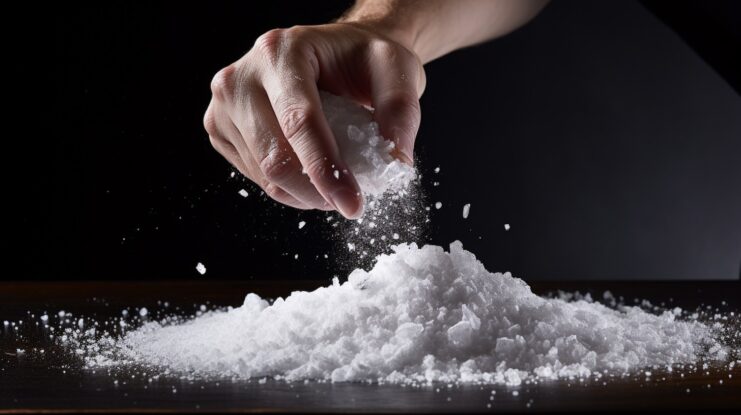
Are There Hidden Sources of Sodium I Should Be Aware Of?
Absolutely. Foods like canned vegetables, processed meats, and even some condiments contain hidden sodium. Always check labels and choose low sodium or sodium-free options when possible.
Can I Still Enjoy Restaurant Meals on a Low Salt Diet?
Yes! When dining out, opt for dishes that are grilled, baked, or steamed. Request sauces and dressings on the side, and communicate your dietary preferences to the server.
Is a Low Salt Diet Suitable for Everyone?
While a low salt diet can benefit most people, it’s essential to consult a healthcare professional before making significant dietary changes, especially if you have underlying health conditions.
Final Words
Embracing a low salt diet doesn’t mean sacrificing taste. It’s a journey towards a healthier you, where you’re empowered to make mindful food choices that nourish your body and support your well-being.
By understanding the science behind salt, exploring creative ways to season your meals, and discovering the array of wholesome foods available to you, you’re taking a step towards a vibrant and heart-healthy lifestyle

